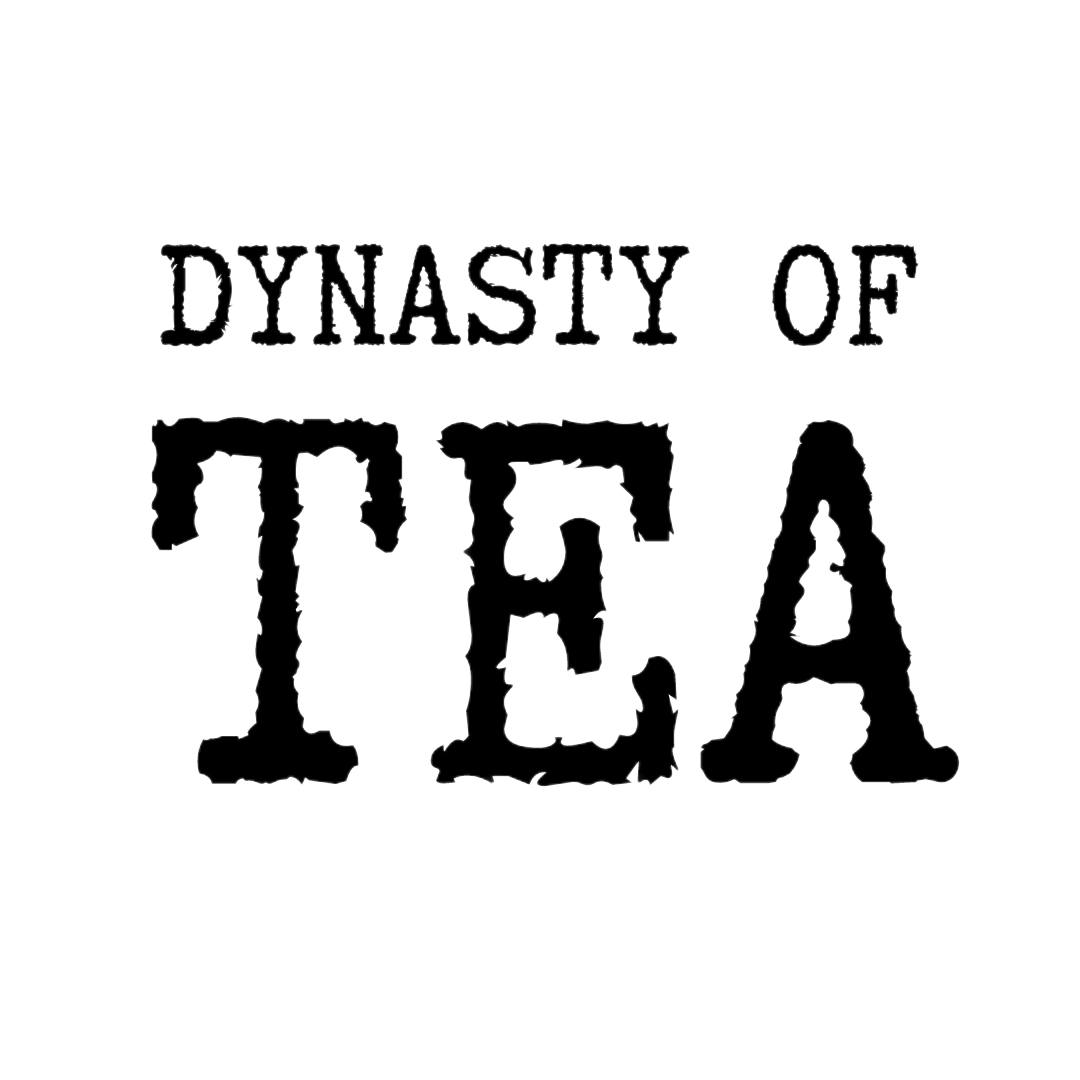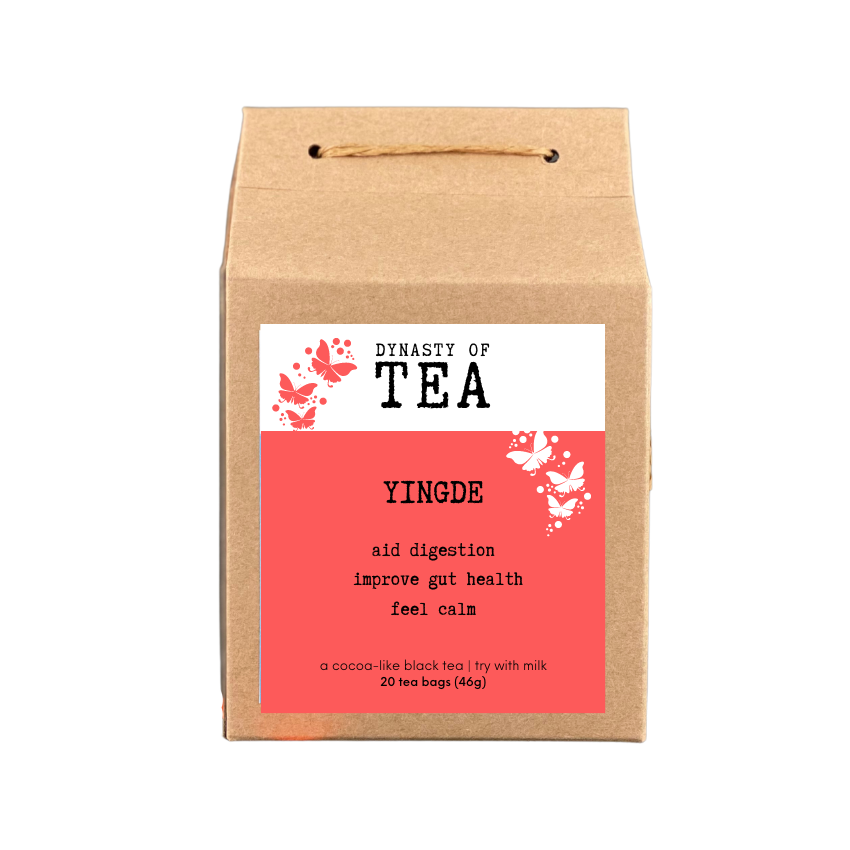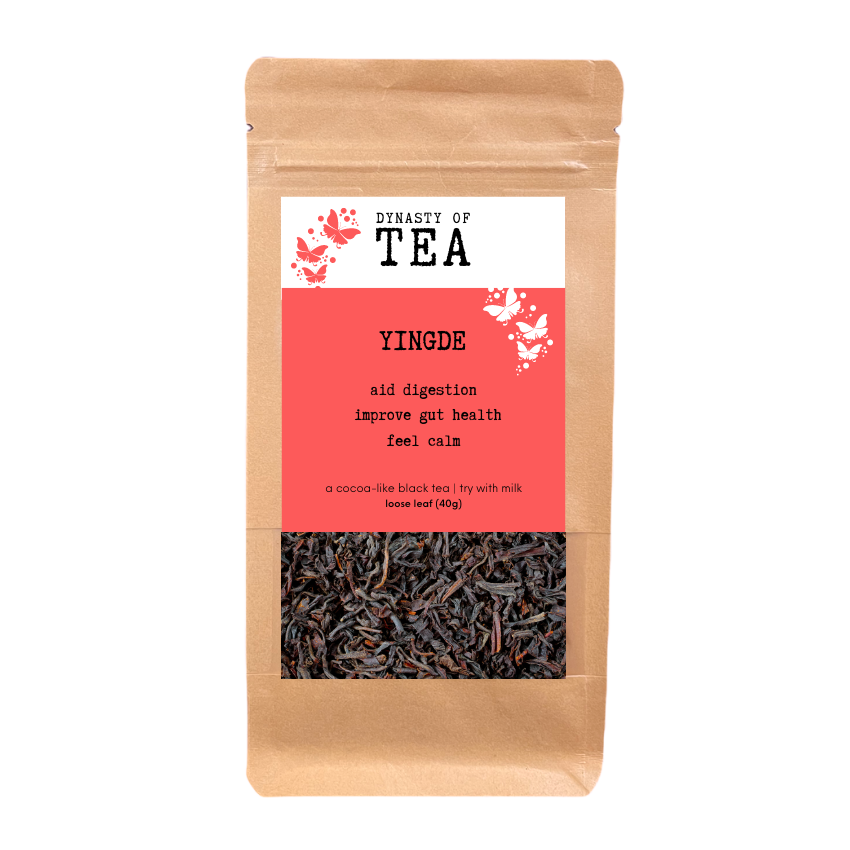How is Black Tea Made?
Agghh black tea… it has been apart of western culture for many years now and is the go to beverage with a slice of mud cake, Sunday breakfast or as a wonderful base for our iced tea. But how is black tea made?
There are hundreds of different types of black tea, countless recipes to make it and many different countries produce it (e.g. India, Sri Lanka and China). In this blog post I’m going to focus on the general black tea making process and then provide examples with my experiences in China.
Now remember that I’m no expert, but I would like to think that I paid enough attention during my China trip to be able to step you through the black tea making process. I’ll get straight to the point for those who don’t like waffle.
What you need to remember:
· All tea comes from the one plant, camellia sinensis
· While there are basic fundamentals for making black tea, the family recipes at each tea farm are different
The basic fundamentals of the black tea making process are:
1. Pick the specific tea leaves from the camellia sinensis plant
2. Fry the tea leaves to begin oxidization
3. Roll leaves to release moisture
4. Dry leaves
5. Sort leaves
Now, for those who don’t mind the waffle and want to hear about my experiences with black tea production in China, the following is for you.
On our last visit to China, we visited our friend’s family tea farm. The farm was located high up in the mountains, so the view from the farm was absolutely breathtaking. Click the image of their tea garden below to see a panoramic video.
Mum and I were lucky enough to have his family show us their own black tea making process. The tea making process is most definitely an art, which I quickly found out as I attempted to pick the best quality leaves, fry them and roll them myself.
Picking THE TEA
In the tea garden we began with wicker baskets and large wicker hats to protect our pale, easy to burn skin from the blaring sun (it was summer, a not so cool 34 degrees with 67% humidity). Our friend demonstrated how to pick the tips of the plant plus the first big leaf attached to it and then let us have a go.
Mum and I began picking, and I clearly had not listened properly because I only picked the tips and smaller leaves, which is actually what is supposed to go into green tea (face palm). I had been wondering why it had taken me so long to fill my basket while Mum filled hers in no time at all. Thanks to Mum, we had enough tea to move onto the next stage of the process. Click the image of the tea basket to see a video of our awesome tea picking skills.
Frying & Rolling
Our friend’s father began to fill the oven below the stove (which looked like an inbuilt wok) with wood to fuel the fire. Once hot enough, the tealeaves were poured into it and hand tossed to wither them and begin the oxidation process. The leaves were then removed and rolled across a wicker plate to release any excess moisture. I had a go of rolling the leaves (which tested my minimal upper body strength) and hopelessly failed. Click on the photo below to watch the video and laugh along with the others as I attempt to roll tealeaves.
After enough moisture was released from the tea, it was once again fried on the stove. Our friend’s father, after seeing I was keen to have a go, let me try frying the tea. I went in thinking I would be able to manage this because it didn’t require any strength. How incredibly wrong I was. I could only manage to fry the leaves for a few seconds before wimping out because of the heat of the stove. Click on the following image so you can laugh at me once again as I try to toss the tealeaves.
So there you have it, the black tea making process in a nutshell! Something to ponder about while you’re sipping your next cup of tea and procrastinating at work.
If you have any questions about the black tea making process or just want to say g’day, leave a comment below and I will get back to you as soon as possible.
If you enjoyed this blog and want to see others likes it, make sure you sign up to our mailing list or follow us on Facebook & Instagram to find out as soon as a new one is published.
Until next time!
~ Chloe
sign up now & Receive 10% off
read more blog posts like this
-
Know Your Tea Types
- Jun 21, 2022 What is Pine Needle Herbal Tea? Jun 21, 2022
- Apr 7, 2020 What is Black Wolfberry? Apr 7, 2020
- Mar 11, 2020 What is Zheng Shan (Lapsang Souchong)? Mar 11, 2020
- Feb 26, 2020 What is Hibiscus Herbal Tea? Feb 26, 2020
- Sep 12, 2019 What is Tie Guan Yin? Sep 12, 2019
-
Tea Education
- Aug 22, 2024 Rebalance with our Menopause Sux Tea | Wellness Blend Aug 22, 2024
- Aug 10, 2024 What's The Difference Between Our Chai Teas? Aug 10, 2024
- Jun 28, 2022 5 Teas for Soothing Sore Throats & Coughs | Cold & Flu Teas Jun 28, 2022
- Jun 27, 2022 6 Wonderful Things You Can Do With Black Wolfberry Jun 27, 2022
- Mar 3, 2022 6 Healthy Herbal Teas To Relieve Common Pains Mar 3, 2022
- Feb 10, 2022 7 Cool Things You Can Do With Hibiscus Flowers Feb 10, 2022
- Aug 17, 2021 How Long To Steep Tea and Why: A Guide Aug 17, 2021
- Mar 24, 2020 Stress Relief: The 7 Best Teas for Stress & Relaxation Mar 24, 2020
- Mar 4, 2020 8 Awesome Things You Can Do with Butterfly Pea Flower Mar 4, 2020
- Feb 5, 2020 The Ultimate Tea & Food Pairing Guide Feb 5, 2020
- Dec 21, 2019 Microplastics in Tea Bags: Why our Tea Bags are Better Dec 21, 2019
- Sep 26, 2019 Breakfast Tea Guide: What Tea Should I Have With Breakfast? Sep 26, 2019
- Sep 2, 2019 Tea vs Tisane Sep 2, 2019
- Aug 28, 2019 How is Black Tea Made? Aug 28, 2019
-
Tea Recipes
- Aug 6, 2024 Earl Grey & Edible Flower Shortbread Cookie Recipe Aug 6, 2024
- Jul 11, 2022 Pumpkin Soup Recipe: Easy & Simple Jul 11, 2022
- Jun 27, 2022 6 Wonderful Things You Can Do With Black Wolfberry Jun 27, 2022
- Feb 10, 2022 7 Cool Things You Can Do With Hibiscus Flowers Feb 10, 2022
- Mar 4, 2020 8 Awesome Things You Can Do with Butterfly Pea Flower Mar 4, 2020
- Mar 4, 2020 Hibiscus Sangria: Alcoholic & Non-Alcoholic Mar 4, 2020








